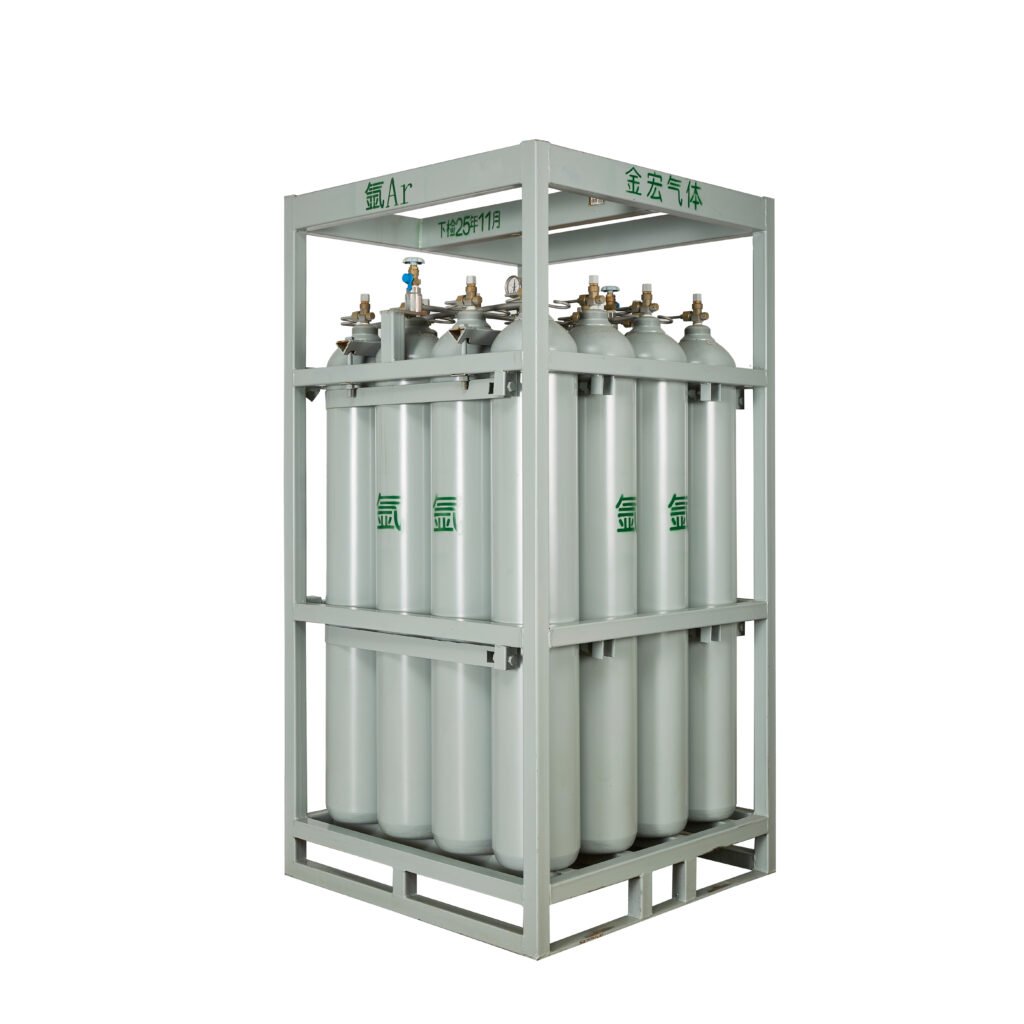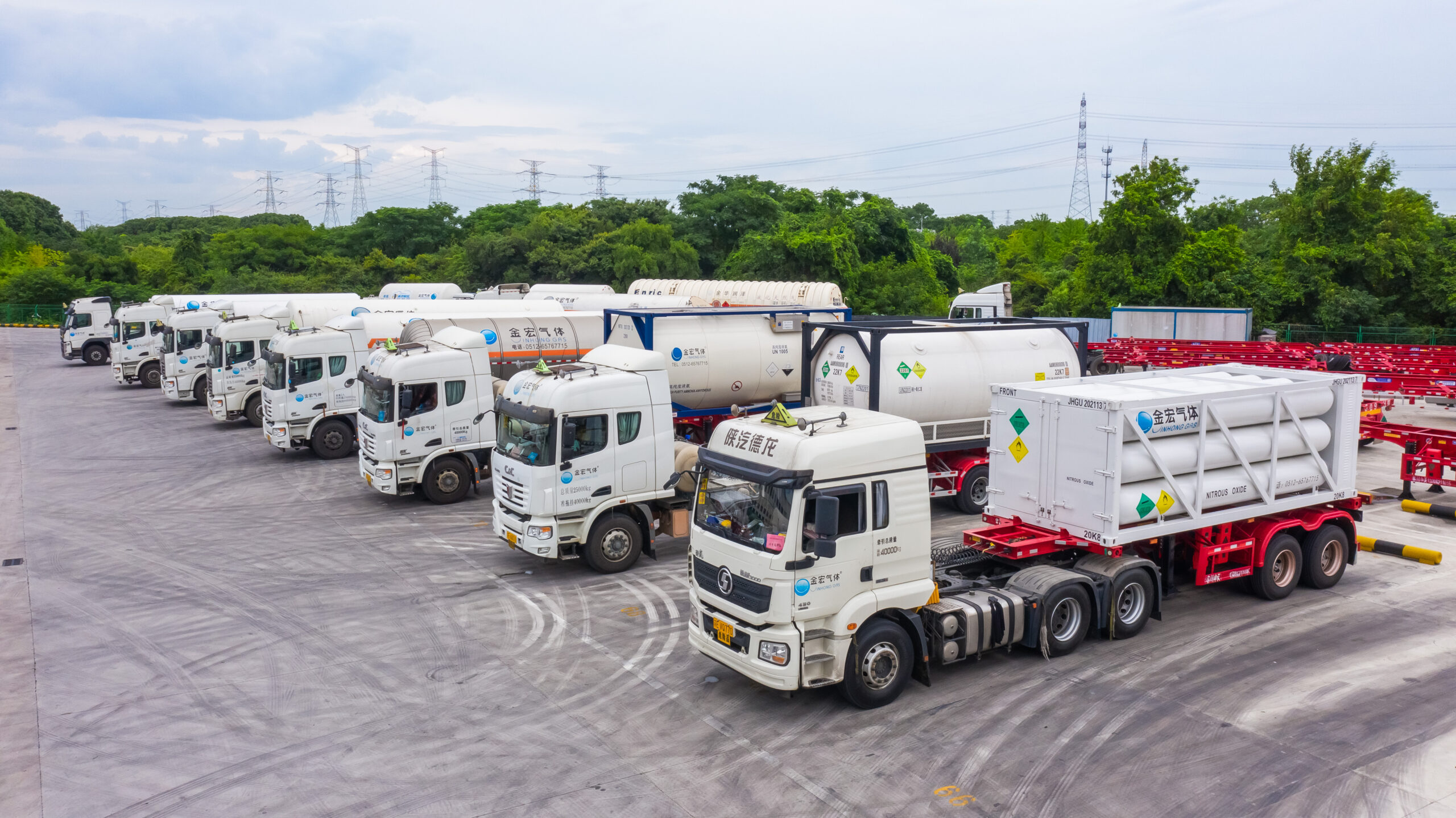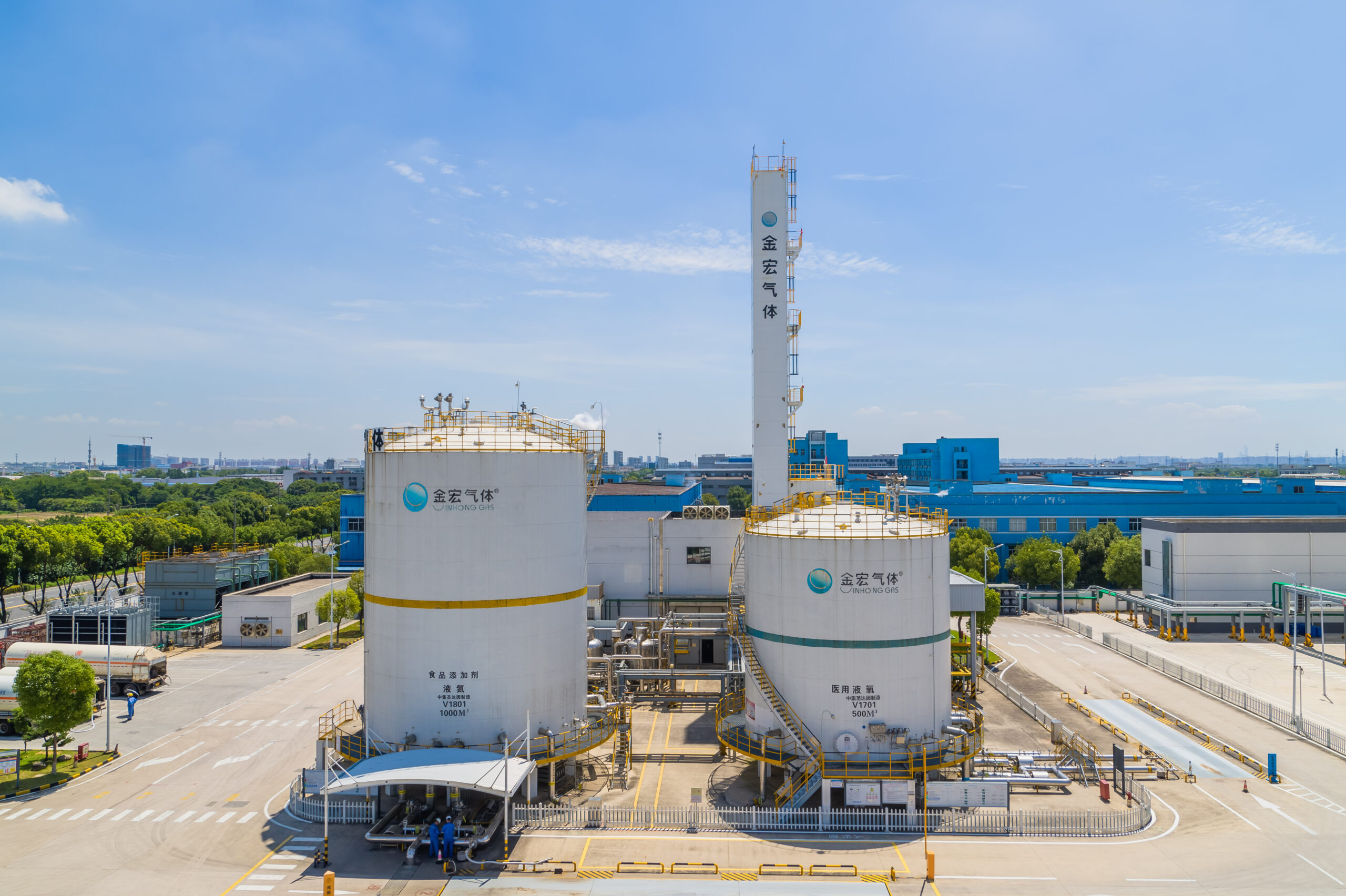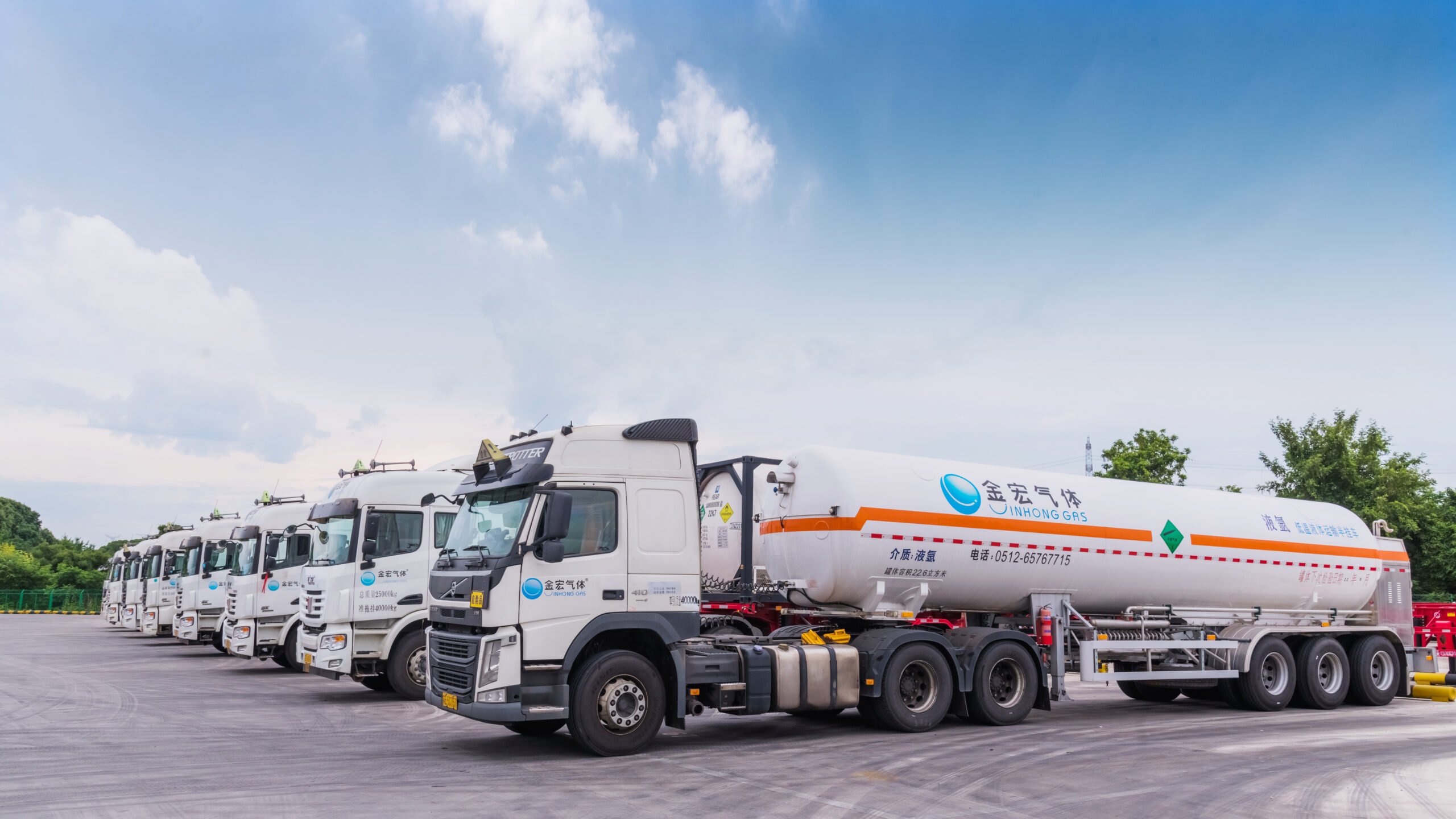Argon is an inert, colorless, odorless, and non-flammable gas widely used as a shielding agent in welding. It protects the molten weld pool from atmospheric gases such as oxygen, nitrogen, and moisture—helping to prevent defects like porosity, oxidation, and weak weld joints.
- TIG Welding: Pure argon (99.996%) is ideal for welding materials like aluminum, stainless steel, copper, and titanium, offering stable arcs and clean finishes.
- MIG Welding: Argon-based blends (e.g., 75% argon / 25% CO₂) improve arc penetration and reduce spatter, particularly when welding carbon steel or thicker materials.

Argon Gas Price Range in 2025
Retail prices in the U.S. vary based on cylinder size and gas purity. Here’s an overview of average price ranges by tank size:
| Cylinder Size | Capacity (Cubic Feet) | Estimated Price (USD) |
|---|---|---|
| Small | 40 cf | $35–$50 |
| Medium | 80 cf | $55–$80 |
| Large | 125–150 cf | $90–$130 |
Note: Prices in other regions (e.g., UK, India, Mexico) may differ by ±20% due to local taxes, import duties, and infrastructure costs.
7 Key Factors That Affect Argon Gas Prices
- Purity Grade
High-purity argon (e.g., 99.999% for aerospace use) can cost 25–40% more than standard industrial-grade (99.9%). - Cylinder Size
Larger tanks reduce cost per cubic foot but require a higher upfront investment. - Rental vs. Purchase
- Rental: Affordable short-term (typically $5–$20/month); ideal for occasional use.
- Purchase: More economical over time for frequent welders; tanks typically cost $100–$300.
- Supplier Tier
Leading brands like Airgas and Linde may charge 10–15% more, offering certified gas and quality assurance. - Logistics & Delivery
Expect to pay an additional $15–$50 per order if delivery is required. - Market Volatility
Supply chain issues or helium shortages (a byproduct of argon production) can drive prices up. - Regional Demand
Industrial hubs (e.g., Midwest U.S.) tend to have more competitive pricing than rural or remote areas.
Where to Buy Argon Gas: Pros and Cons
| Source | Pros | Considerations |
|---|---|---|
| Local Welding Shops | Fast pickup; personal service | Limited discounts on large quantities |
| Industrial Suppliers | Certified blends; bulk pricing | Minimum order requirements |
| Online Retailers | Convenient; subscription refills | Check for tank certification and safety standards |
Always confirm the following before purchase:
- Gas purity level (e.g., 99.996% argon)
- Cylinder hydrotest certification date
- Valve type (e.g., CGA-580 for TIG)
Smart Ways to Save on Argon Gas
- Buy in Bulk
A 150-cf tank typically costs ~30% less per cubic foot compared to a 40-cf cylinder. - Use a Flowmeter
Installing a flowmeter can reduce gas waste by up to 20%. - Negotiate with Suppliers
Always compare at least three quotes. Ask about loyalty programs, trade discounts, or seasonal offers. - Share Resources
Consider splitting the cost of a tank with nearby workshops or makerspaces. - Manage Your Cylinders
Return empty tanks promptly to avoid rental penalties or extra fees.
Final Thoughts
Argon gas pricing in 2025 is influenced by more than just the sticker price. Factors like purity level, tank size, supplier reputation, and logistics all play a role in determining the final cost. For both hobbyists and professionals, it’s worth investing in certified gas sources with transparent documentation and reliable service. By planning ahead, buying strategically, and using conservation tools, you can keep costs manageable without sacrificing weld quality.
About Us: Your Trusted Gas Partner
At Jinhong Gas, we specialize in providing reliable, high-purity industrial gases tailored to the needs of welders, manufacturers, and research facilities. With decades of experience and a strong supply chain across Asia and beyond, we offer cost-effective solutions for argon, helium, oxygen, nitrogen, and specialty gas mixtures. Whether you’re a small workshop or a large-scale fabricator, our team delivers certified products with full documentation, fast logistics, and ongoing technical support.
Choose Jinhong Gas—your trusted partner in welding gas solutions.



